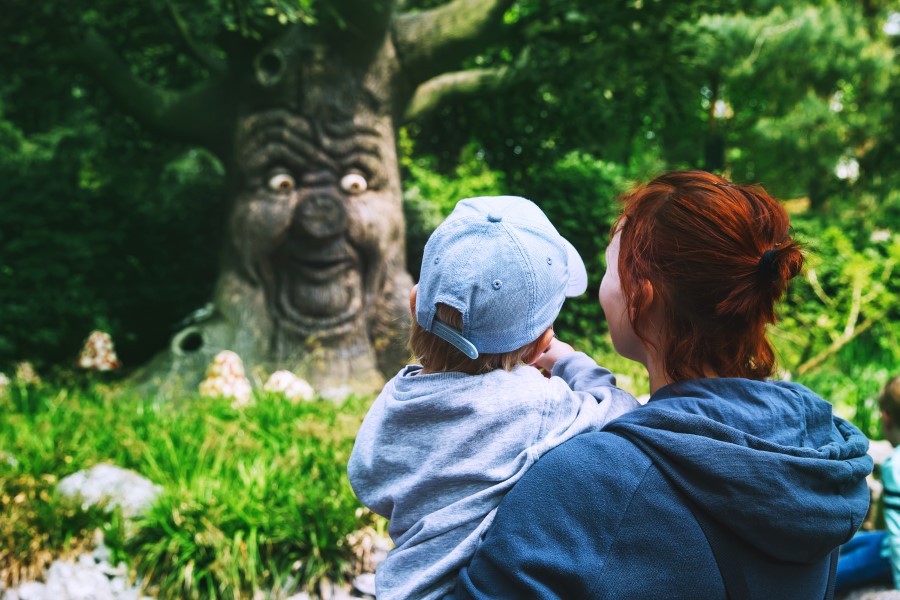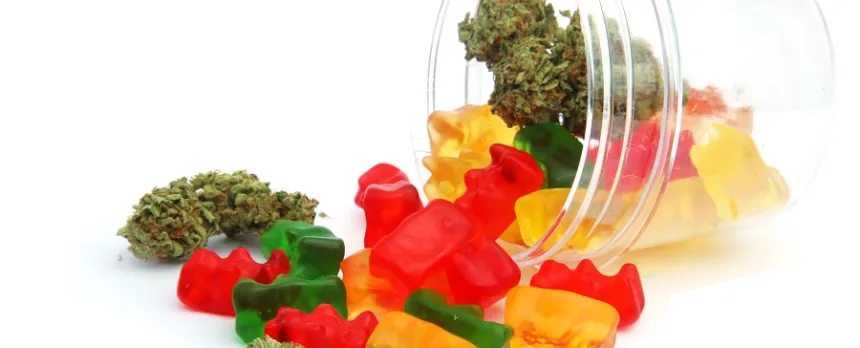Debunking Childhood Myths

For generations, parents have passed down cautionary childhood myths to and about children with a mix of humor, concern, and perhaps some superstition. But how much truth is really behind these time-worn stories? Let's take a closer look and separate fact from fiction when it comes to the myths we tell our kids — and the myths we believe about them.
Myths We Tell Our Kids
Reading in dim light will ruin your eyesight.
While it may tire your eyes more quickly, there's no evidence showing that reading in dim light has any negative long-term impact on your vision.
You need to wait an hour after eating to go swimming.
This myth stems from the belief that increased blood flow to the digestive system might deprive the muscles used for swimming of sufficient oxygen after eating. Still, there is no data showing that there's a safe time or a dangerous time to swim after you've eaten.
It takes seven years to digest chewing gum.
While the ingredients in gum take longer to pass through the digestive system than food, there is no basis for this myth. Some components, such as sweeteners, are broken down, but the gum's base is mostly indigestible and passes through the digestive system intact — usually in about a week.
Follow the five second rule.
We’ve all heard that if you drop something on the floor and pick it up within five seconds, it’s safe to eat it.
Studies have found that the length of contact, the types of surfaces, and the moisture content of the food all play a role in how much and quickly contaminants transfer from floor to food. The wetter or stickier the food, the more likely it was to pick up impurities from the floor. Looking at the surfaces, tile and stainless steel had the highest rates of contamination transfer, while carpeting had the lowest transfer rates. Transfer from wood surfaces varied.
Childhood Myths About Our Kids
Cereal and solid foods will help your infant sleep through the night.
As much as harried parents might wish it to be true, there is no proof that a heartier meal will help a baby sleep longer. One study suggests that introducing solid food to an infant before four months was associated with shorter sleep durations at 1 and 2 years of age.
Sugar makes a child hyperactive.
There have been numerous studies looking at the content of sugar in food and drinks and their effects on children and their level of hyperactivity, with no correlation between hyperactivity and the amount of sugar a child ingests. So why do kids tend to get buzzy after eating sweets? It could be the environment. Often, such treats are doled out at birthday parties, on holidays, and other celebrations filled with excitement, anticipation, and activity. The social stimulation during these times may be the root cause of behavior.
Teething causes fevers in infants.
As part of one study, parents kept track daily of their child's temperature and when they broke their teeth and found no correlation between the development of either a low-grade or high-grade fever.
Note: The content of this blog is for informational purposes only. It is not intended for use as diagnosis or treatment of a health problem or as a substitute for the professional consultation of a physician or qualified health care provider. If you have specific questions or concerns regarding a health or medical condition, contact your physician or a licensed health care professional.


